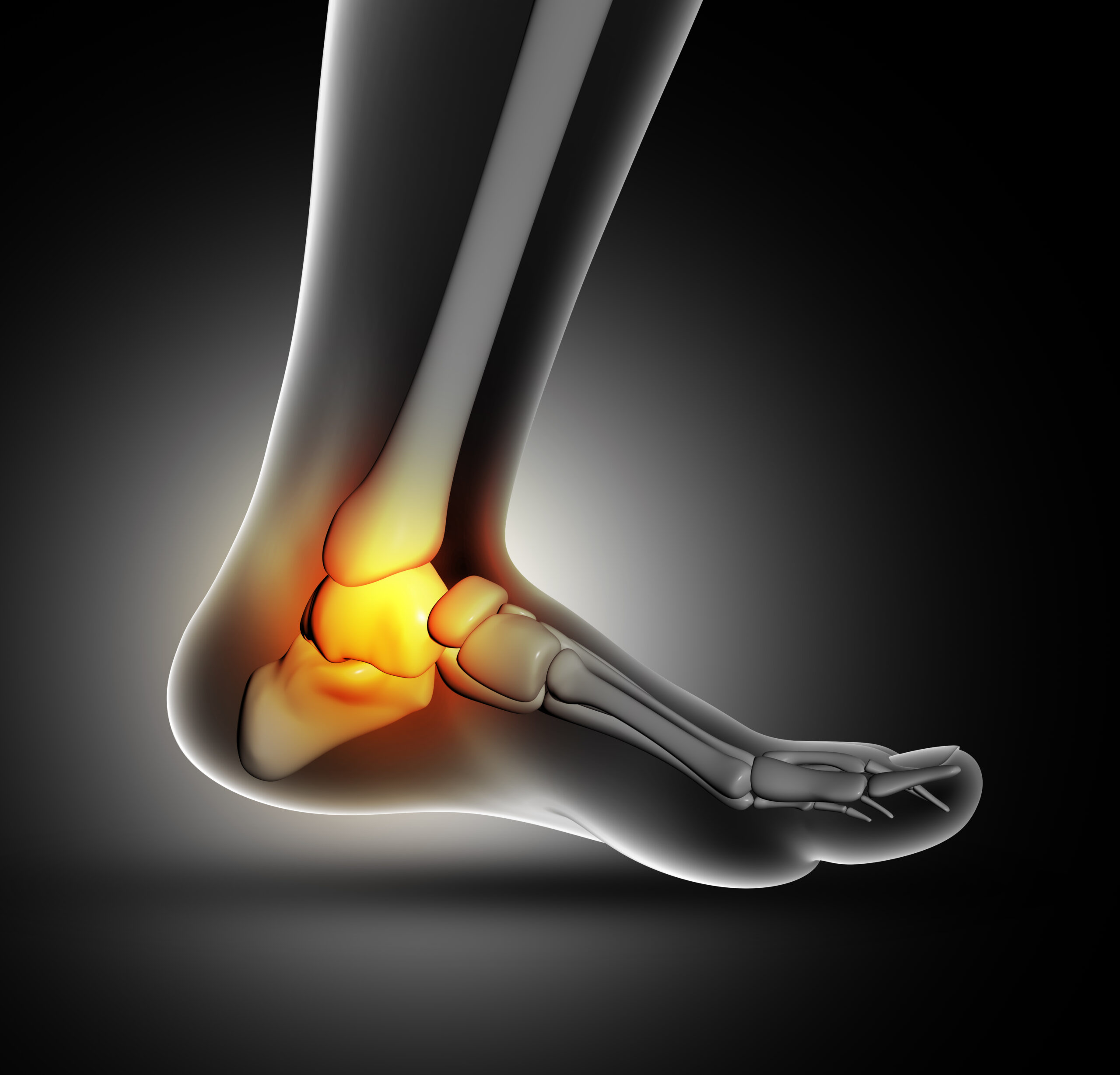Understanding Ankle Sprains: Causes, Treatment, and Prevention Introduction
IntroductionAnkle sprains are among the most common musculoskeletal injuries, affecting athletes and non-athletes alike. A sprain occurs when the ligaments supporting the ankle are stretched or torn, leading to pain, swelling, and reduced mobility. This article explores the causes, treatment options, and preventive measures to promote ankle health and recovery.
Causes of Ankle SprainsAnkle sprains can result from various factors, including:
Sudden Twisting Movements: A misstep, abrupt pivot, or uneven surface can cause the ankle to twist unnaturally.
Sports Injuries: Activities that involve jumping, running, or rapid directional changes increase the risk.
Weak Ligaments and Muscles: Poor ankle strength or flexibility can make sprains more likely.
Improper Footwear: Wearing unsupportive or ill-fitting shoes can contribute to instability.
Previous Injuries: A history of ankle sprains can lead to weakened ligaments and increased vulnerability.
Treatment OptionsManaging an ankle sprain effectively requires timely intervention:
R.I.C.E. Method: Rest, Ice, Compression, and Elevation help reduce swelling and pain.
Physical Therapy: Strengthening and mobility exercises aid in recovery and prevent re-injury.
Bracing or Taping: Providing external support to the ankle enhances stability during healing.
Pain Management: Over-the-counter NSAIDs (e.g., ibuprofen) help reduce pain and inflammation.
Manual Therapy: Massage and joint mobilization can promote healing and restore movement.
Gradual Return to Activity: Avoid rushing back to sports or intense activities to prevent recurrence.
Prevention StrategiesTo reduce the risk of future ankle sprains, consider the following tips:
Strengthen the Ankle: Exercises targeting the ankle, foot, and lower leg improve stability.
Improve Balance and Proprioception: Balance training, such as using a wobble board, helps prevent instability.
Wear Proper Footwear: Choose shoes with good ankle support for sports and daily activities.
Warm Up Before Exercise: Gentle stretching and mobility drills prepare the ankle for movement.
Avoid Uneven Surfaces: Be cautious when walking or running on rocky or unstable ground.
Lifestyle and Hygiene for Ankle Health
Maintain a Healthy Weight: Reducing excess load on the ankles decreases injury risk.
Stay Hydrated: Proper hydration keeps muscles and ligaments functioning optimally.
Listen to Your Body: Avoid overtraining and take breaks when needed.
Massage and Recovery Techniques: Self-massage and foam rolling can aid in muscle relaxation and injury prevention.
ConclusionAnkle sprains are a common yet preventable injury. By understanding the causes, seeking appropriate treatment, and incorporating preventive measures, you can protect your ankles and maintain an active lifestyle. If you experience persistent pain or instability, consulting a healthcare professional is advisable.

